Centre d'accueil de l'université Ehwa (이화웰컴센터)
3.6Km 2022-04-01
52, Ehwa Women Université road, Seodaemun-gu, Seoul (서울특별시 서대문구 이화여대길 52)
Le centre Welcome Center de Ehwa est le premier centre du genre dans un campus universitaire (2003). Il sert notamment de centre d'accueil pour tous les étudiants et propose également divers produits liés à cette université. Il est également possible de profiter d'expositions sur place. Le lieu offre également des visites guidés pour le public étranger souhaitant découvrir l'université.
Mt. Bugaksan (북악산)
3.6Km 2021-04-08
Samcheong-dong, Jongno-gu, Seoul-si
+82-2-765-0297
Séoul est entourée de montagnes, dont les principales sont Bugaksan, Namsan, Naksan et Inwangsan. Bugaksan, située au Nord de Séoul, est la plus haute d’entre elles, et c’est la partie Sud des monts Bukhansan. Elle est également appelé Baekaksan.
Les remparts de Séoul longent la crête de la montagne et Changuimun (également appelée Jahamun), l’un des quatre petits portails entourant la ville fortifiée au temps de la dynastie Joseon, est situé du côté Ouest de la montagne, à côté de Inwangsan. Passant entre Changuimun et la colline Arirang Jeongreung, la route Bugak Skyway offre une vue panoramique du centre-ville de Séoul. Elle passe aussi par diverses monuments tels que Changuimun et le pavillon Bukak. Au Sud, au pied de la montagne Bukak se trouve également le parc Samcheong.
Les montagnes Inwang (à l’Ouest de Bugaksan) et Naksan (à l’Est) étaient considérées comme des emplacements idéaux selon les préceptes du Feng Shui. Réputée pour son robuste granit, la montagne Inwang a été le théâtre de nombreuses attaques de tigres durant la fondation de la dynastie Joseon. D’après la légende, le roi a supplié la divinité de la montagne d’envoyer les tigres au-delà de la rivière Yalu. Mais si les tigres ont été bannis de Inwangsan, une tigresse enceinte a été autorisée à rester dans la montagne. Ses bébés se sont multipliés et ont fait de Inwangsan un endroit terrifiant, infesté de tigres.
La route Inwang Skyway relie l’Est de Insangwan à Bugaksan. La face Est de Inwangsan a été transformée en zone résidentielle de luxe alors que Guksadang (littéralement « Le Sanctuaire National ») a été déplacé de Namsan à l’Ouest de la montagne dans les années 1920. Encore aujourd’hui, les chamans exécutent des exorcismes et des rituels pour honorer les divinités de la montagne dans ce sanctuaire.
Samcheonggak (삼청각)
3.7Km 2021-08-07
3, Daesagwan-ro, Seongbuk-gu, Seoul-si
+82-2-765-3700
Le pavillon Samcheong, fut établi en 1972, c’était un lieu pour les dîners et importantes négotiations gouvernementales dans les années 70-80. En 1990, le pavillon changea de nom et devint un restaurant jusqu’à ce que la direction en change en décembre 1999.
C’est en 2000, que le site et ses bâtiments furent désignés lieu de culture. Samcheonggak est dorénavant ouvert au grand public. En Octobre 2001, Samcheonggak s’ouvrit également comme centre de représentations traditionnelles. Actuellement les 6 maisons traditionnelles ou « hanok » qui composent le site de Samcheong-gak sont gérées par le centre culturel Sejong. Parmi les 6 bâtiments on compte une salle de spectacle, un restaurant, une maison de thé et un salle de reception pour les invités.
Le Pavillon Samcheong est l’un des endroits les plus connus de Séoul où l’on peut voir des spectacles traditionnels et dîner.
Marché aux puces de Séoul (서울 풍물시장)
3.7Km 2024-12-19
21 Cheonho-daero 4-gil Dongdaemun-gu Seoul
+82-2-2232-3367
Le Marché aux Puces de Séoul fut nouvellement créé autour du Pont Hwanghakgyo, de la 8ème Rue Cheonggyechon et est désormais en train de devenir une destination touristique célèbre avec la Rivière Cheonggyechon, haut lieu touristique de la capitale. Il s’agit d’un des marchés aux puces les plus importants, préservant la culture des marchés traditionnels coréens et attirant les visiteurs à
la recherche d'objets folkloriques représentant le charme unique de la Corée. Ces objets comprennent des produits de la vie quotidienne, des souvenirs, des biens traditionnels et même de la gastronomie traditionnelle, permettant ainsi aux visiteurs de profiter du shopping et de manger un
bon plat par la même occasion. Le Marché aux Puces de Séoul est
ainsi un lieu débordant de traditions coréennes et reflétant le style de vie des coréens dans le passé.
Il tire son origine du marché aux puces de Hwanghak-dong, où de nombreuses boutiques de rue et marchands se rassemblaient autour de la Rivière Cheonggyecheon avant qu’elle ne soit réhabilitée et remodernisée. Le marché fut relocalisé au Stade de Dongdaemun pendant cette période de rénovation. Aujourd’hui, la zone du Stade de Dongdaemun est en train d’être reconstruite en un parc.
On trouve de nombreux types d’objets au Marché aux Puces de Séoul : des objets traditionnels, des objets d’artisanat, des spécialités locales ou encore des articles de mode. Vous pourrez également profiter des nombreux mets raffinés (gastronomie traditionnelle et cuisine fusion internationale). Ce qui rend ce marché si spécial, c’est qu’il est possible d’y trouver des objets très rares ainsi que des objets traditionnels authentiques impossible à dénicher dans d’autres endroits. Son atmosphère mélange l’ancien, les traditions et la modernité, proposant ainsi aux visiteurs une grande expérience de shopping. Il vaut définitivement la peine d’être visité.
Museé d'art Hwangi (환기미술관)
3.7Km 2021-03-27
63, Jahamun-ro 40-gil, Jongno-gu, Seoul-si
+82-2-391-7701
Le Musée d’art Hwangi (환기미술관) a été ouvert dans le but de rendre un hommage au peintre Kim Hwan-Gi (1913-1974), un des artistes coréens les plus réptés dans le style du modernisme.
Il commença par la peinture abstraite en 1930 et en 1950 en se servant de la nature comme inspiration afin de peindre les émotions de la Corée.
Au premier étage du musée vous trouverez une boutique d’art avec des écharpes, des cravates et autres produits dessinés par Kim Hwan-Gi qui sont mis en vente.
Musée d’art Mapo (마포아트센터)
3.9Km 2021-03-09
28, Daeheung-ro 20-gil, Mapo-gu, Seoul-si
+82-2-3274-8500
Le Musée d’art de Mapo, ouvert en 2008, propose un espace d’art et de culture aux environs des quartiers de 'Hongdae, Sinchon, Université Seogang, etc. Plus particulièrement, la salle «art hall maek» peut accueillir des évènements avec un décor extérieur magnifique et une atmosphère intérieure confortable pour apprécier des spectacles divers et variés. Sur le site se trouve également le théâtre de marionnettes, le récital, et des spectacles pour les enfants dans un petit lieu appelé «play maek». La galerie Maek propose également une variété d’ateliers d’expérience en plus des expositions régulières. Vous trouverez également un centre sportif équipé de piscines, de gyms, d’un fitness club, d’un club de golf, etc. Vous pourrez enfin profiter de lieux uniques comme une salle de maquillage, une salle de jeux pour nourrissons, et un parc sur-élevé.
Temple Gilsangsa (Séoul) (길상사(서울))
3.9Km 2025-09-02
68, Seonjam-ro 5-gil, Seongbuk-dong, Seongbuk-gu, Séoul (Seoul)
Le temple Gilsangsa, relevant de l’Ordre Jogye du bouddhisme coréen, se trouve au pied du mont Samgaksan, dans le quartier de Seongbuk-dong à Séoul. Son histoire remonte à 1987, lorsque Mme Kim Young-han, émue par l’idéal philosophique de non-possession et de vie frugale prôné par le maître Beopjeong, fit don d’un terrain de plus de 23 000 m² ainsi que d’une quarantaine de bâtiments. Le maître Beopjeong fit enregistrer officiellement le site comme grand temple en 1995, puis, le 14 décembre 1997, le renomma « Gilsangsa » lors de sa fondation. Le temple abrite divers pavillons et édifices tels que le Pavillon Geungnakjeon, le Pavillon Seolbeopjeon, le Pavillon Jijangjeon, le clocher Beomjonggak, la statue du Bodhisattva Avalokiteśvara, la pagode Gilsangbotap, la stèle de mérite Gilsanghwa et le pavillon Jinyeonggak consacré au maître Beopjeong. Dans le Pavillon Geungnakjeon, le Bouddha Amitabha est vénéré comme Bouddha principal, flanqué des bodhisattvas Avalokiteśvara et Kṣitigarbha.
En 2005, l’ancien bâtiment a été réaménagé pour accueillir le Pavillon Jijangjeon et le réfectoire Seonyeoldang ; en 2008, le Pavillon Seolbeopjeon et le Beomjonggak ont été construits, créant ainsi un espace de pratique en harmonie avec la nature. Dans l’enceinte, les visiteurs sont accueillis par la délicate et mystérieuse statue d’Avalokiteśvara réalisée par le sculpteur Choi Jong-tae, chrétien et bouddhiste, fruit d’un dialogue interreligieux. En 2013, le pavillon Jinyeonggak a ouvert ses portes pour exposer les reliques et les écrits du maître Beopjeong. Le Pavillon Seolbeopjeon accueille également des programmes éducatifs tels que l’université bouddhique, des cours d’initiation au bouddhisme, de yoga, de copie de sutras et de méditation, affirmant ainsi la vocation du temple comme centre d’étude et de pratique spirituelle.
Musée des meubles en Corée (한국가구박물관)
4.0Km 2024-10-25
121, Daesagwan-ro, Seongbuk-gu, Seoul
Le musée des meubles en Corée est situé dans le quartier Seongbuk-dong à Seoul. Il permet de découvrir en particulier des meubles traditionnels en Corée notamment datant de la dynastie Joseon. La visite des lieux se fait par groupe et avec un guide.
Casino Seven Luck branche de Seoul Dragon City (세븐럭카지노(서울드래곤시티점))
4.1Km 2023-07-21
Seoul Dragon City, Cheongpa-ro 20gil 95, Yongsan-gu, Seoul
Seven Casino à Seoul Dragon City désigne un casino mélange de tradition et de modernité situé dans le quartier de Yongsan.
Doté d'une surface totale de 3146.96㎡, l'établissement se distingue par son envergure et son côté majestueux. Il propose tous les jeux que l'on peut trouver dans un casino (blackjack, roulette, Seven Luck Poker, ETG, machines à sous, etc).
Vous pouvez trouver aux alentours des hôtels de standing et différents sites touristiques.
※ Accès autorisé pour les plus de 19 ans uniquement (présentation du passeport obligatoire)
The Hyusik Aneuk Hotel - Sinchon (더휴식 아늑호텔 신촌점)
4.2Km 2025-05-07
49, Yonsei-ro 2-gil, Seodaemun-gu, Seoul
The Hyusik Aneuk Hotel - Sinchon accueille ses clients dans un intérieur soigné et moderne. Chaque chambre est aménagéeavec soin pour offrir un confort optimal, permettant aux voyageurs de se sentir comme chez eux. Les lits moelleux et la douche à jet tonique, soulagent la fatigue accumulée au cours de la journée et offrent un moment de repos idéal.
L'établissement propose les chambres suivante : Standard Room, Music Room avec enceintes haut de gamme, Multi Room, avec console PlayStation 4, 2 PC Room, équipée de deux PC gaming haut de gamme, Creative Illust Room, avec tablette pour illustration numérique, Creative Piano Room, avec piano portable, Business Room, avec bureau de travail.

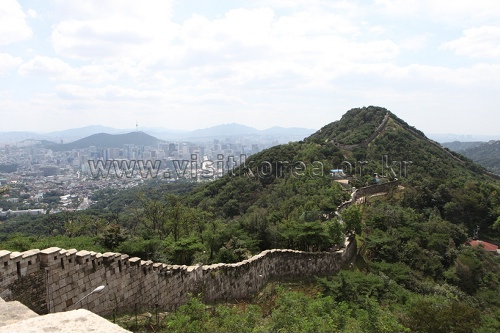
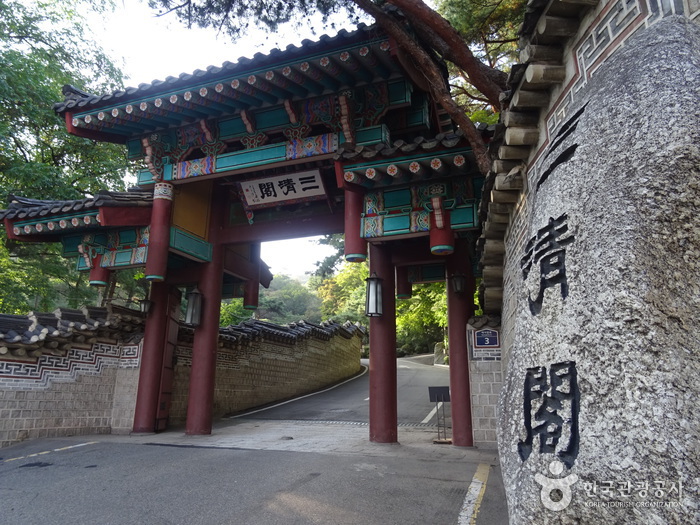
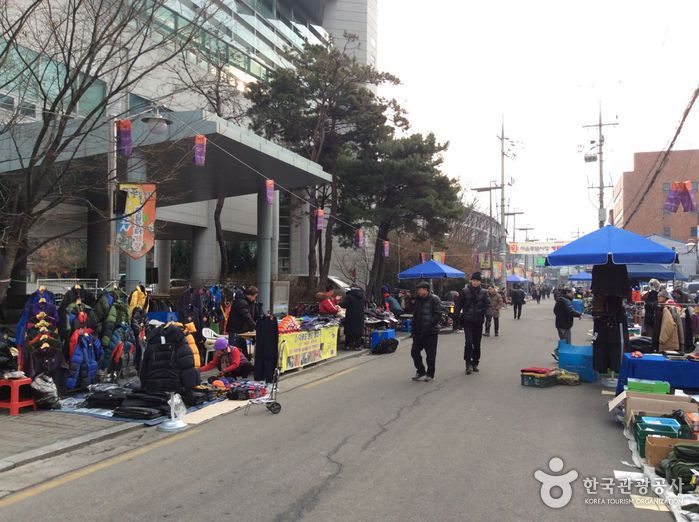

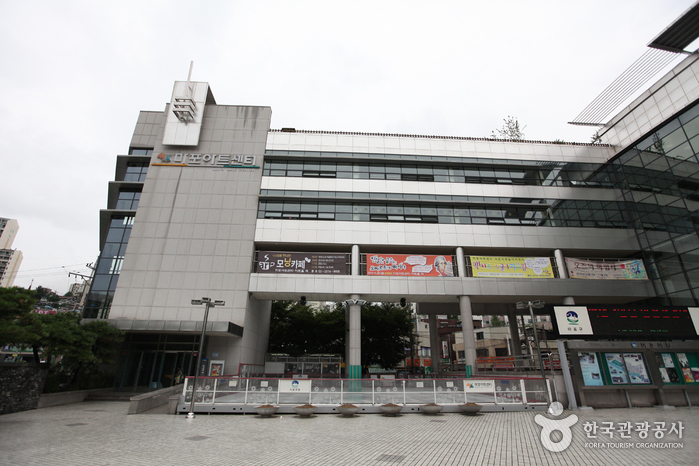
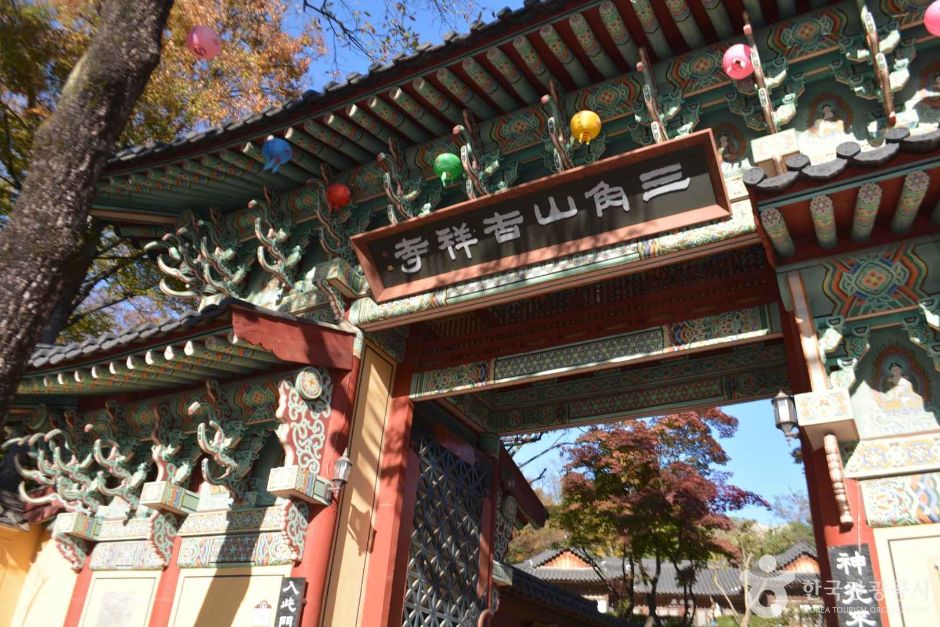
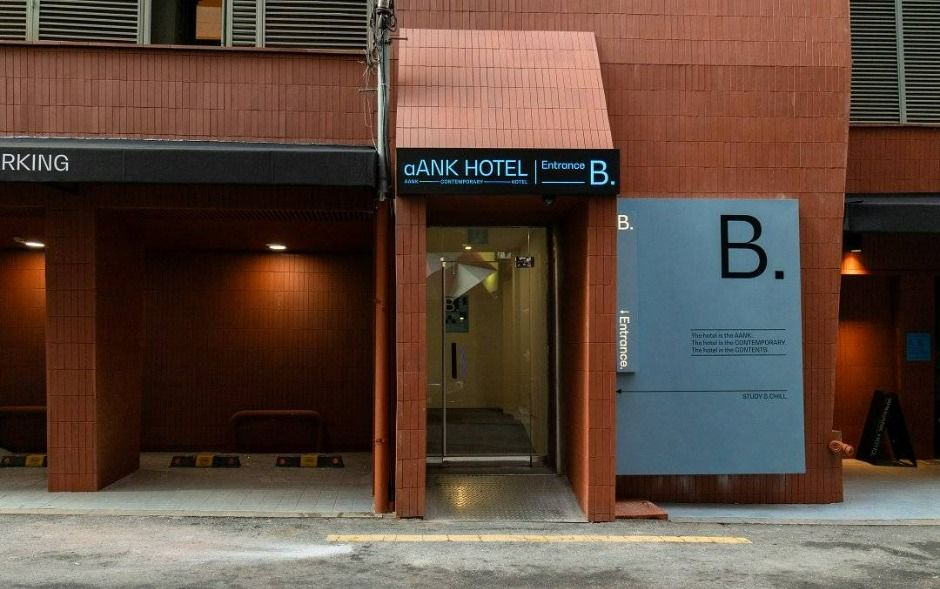
 Français
Français
 한국어
한국어 English
English 日本語
日本語 中文(简体)
中文(简体) Deutsch
Deutsch Español
Español Русский
Русский